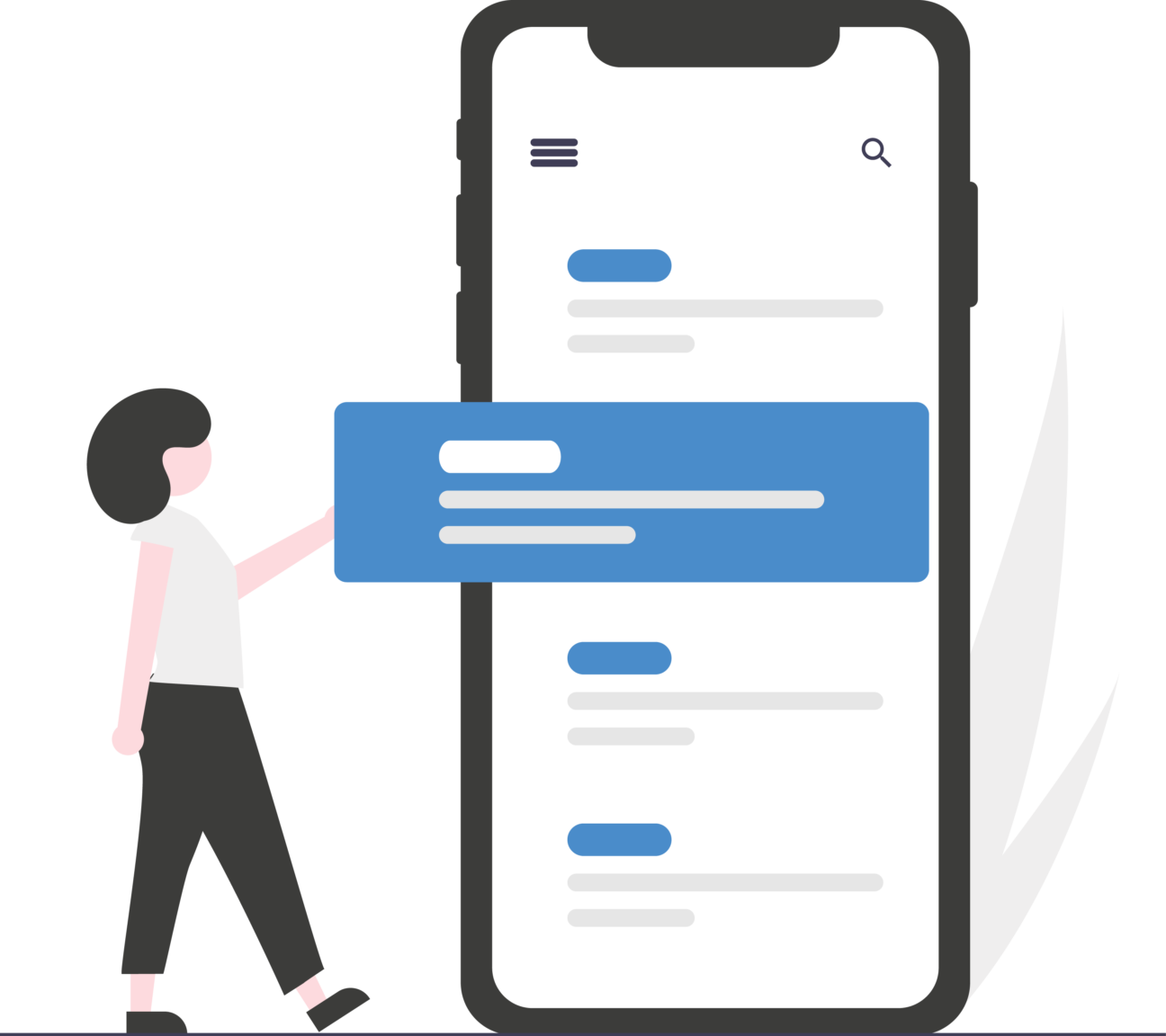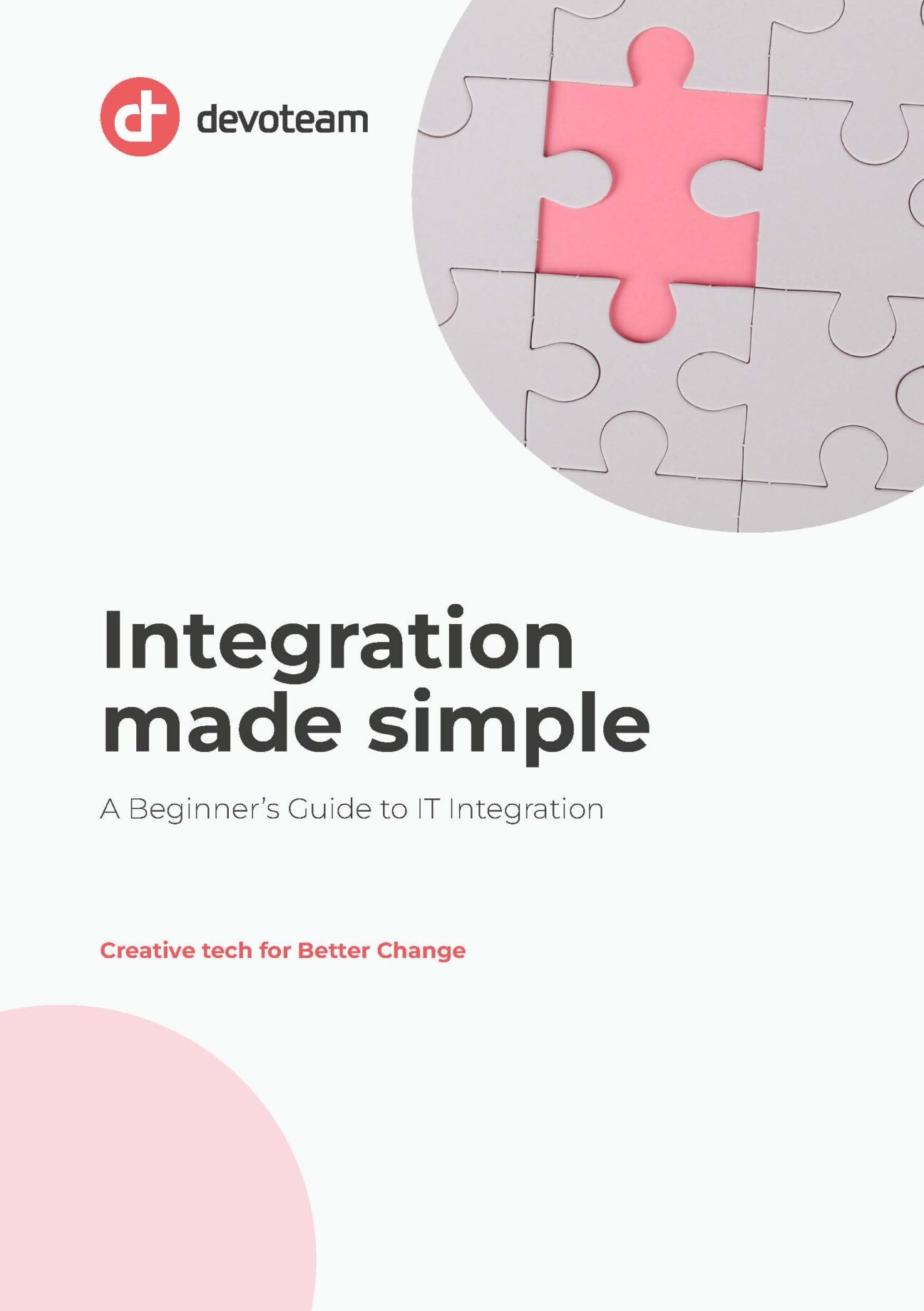To help you understand how integration works in IT and to make it less complex, we are going to use a hypothetical example of a random Christmas tree farm. Let’s assume that the farm wants to deliver trees directly to customers instead of requiring them to come to the farm to pick up their tree. To do this, the farm needs to create an online store where customers can browse available trees, place an order, and schedule a delivery time.
To make this process as smooth and efficient as possible, the farm needs to integrate several different software systems and tools. For example, they might use an e-commerce platform like Shopify or WooCommerce to build their online store and handle payments. They would also need a shipping and delivery system to manage the logistics of getting the trees to customers, such as PostNL or UPS.
To integrate these different systems, the farm might use middleware like Zapier or Workato. These platforms allow different software tools to communicate with each other and share data, so the farm could automatically send order details to the shipping and delivery system and update the inventory on their online store when a tree is sold. Additionally, the farm might use APIs provided by its shipping and delivery system to track the progress of each delivery and provide customers with real-time updates on when their tree will arrive.
By integrating these different systems, the Christmas tree farm could streamline the process of delivering trees to customers and ensure that everything runs smoothly. This would ultimately improve the customer experience and help the farm grow its business.

Different types of integration
In the example above, there are at least three different types of integration at play.
Application-to-Application (A2A)
This is a type of software integration that enables different applications to communicate and share data with each other in a seamless and automated way.
In the context of the Christmas tree farm example, A2A integration could be used to connect the farm’s online store with its shipping and delivery system. This would allow the two systems to share information and data automatically, without the need for manual data entry or other time-consuming tasks.
For example, when a customer places an order for a Christmas tree on the farm’s online store, the A2A integration would automatically transfer the order details to the shipping and delivery system. This would include the customer’s address, the type, and size of the tree they ordered, and any special instructions for the delivery.
With A2A integration in place, the shipping and delivery system could use this information to automatically create a delivery order and schedule a delivery time that’s convenient for the customer. The system could also track the progress of the delivery and provide real-time updates to the customer on when their tree will arrive.
A2A integration streamlines the process of sharing information between different applications, making it faster and more reliable than manual data entry or other manual methods of communication.
Business-to-business (B2B) integration
Business-to-business (B2B) integration is a type of software integration that enables different businesses to share data and communicate with each other in a seamless and automated way.
B2B integration could be used to connect the Christmas tree farm with its suppliers who provide them with things like tree stands, lights, and decorations. With B2B integration in place, the farm could automatically exchange information and data with its suppliers, without the need for manual data entry or other time-consuming tasks.
For example, when the Christmas tree farm needs to order more tree stands from its supplier, it could use B2B integration to send a purchase order to the supplier’s system automatically. The purchase order would include details such as the number of tree stands needed, the delivery address, and any other relevant information.
With B2B integration, the supplier’s system could automatically process the purchase order, generate an invoice, and schedule a delivery date. The system could also provide real-time updates on the status of the order, so the farm could track the progress of their shipment and know when to expect delivery.
Third-party integration
Third-party integration is a type of software integration that enables businesses to connect their software systems with external applications and tools developed by other companies or third-party providers.
It could be used to connect the farm’s online store with external applications and tools that provide additional functionality. For example, the farm might use a third-party analytics tool to track website traffic and customer behavior, or a social media management tool to schedule posts and engage with customers on social media.
Third-party integration allows businesses to extend the capabilities of their software systems and access a wider range of functionality without having to develop everything in-house. By integrating with external applications and tools, businesses like the Christmas tree farm can improve their efficiency, provide a better customer experience, and stay competitive in their industry.
Legacy system integration
There exist more than just three types of integration, and one of the most common tasks in the field of integration is to integrate an older system to interact with newer functionalities. This form of integration is called legacy system integration and allows older, irreplaceable systems to integrate with more modern applications by communicating through an intermediary.
Legacy system integration refers to the process of connecting older software systems, often referred to as “legacy systems,” with newer software systems. These older systems were typically developed many years ago and may use outdated technologies or programming languages that are no longer widely used.
In many cases, businesses and organizations have invested a lot of time and money in their legacy systems but find that they are unable to keep up with modern requirements and needs. This is where legacy system integration comes in. By integrating legacy systems with newer systems, businesses can extend the life of their legacy systems and avoid the need to completely replace them.
Let’s say a company has a legacy system for managing its inventory, but they also want to implement a new online store to sell its products. To make this work, they could use legacy system integration to connect their inventory management system with their new online store so that when a customer makes a purchase, the inventory levels are automatically updated in the legacy system.
More types of integration
There are many types of integration in IT, and the exact number will depend on how you categorize them. We won’t dive deeper into all the types of integration, but we do want to share a list of the most common types of integration in IT:
- System integration
- Data integration
- Application integration
- Business process integration
- Cloud integration
- Network integration
- Service-oriented architecture (SOA) integration
- Enterprise application integration (EAI)
- Electronic data interchange (EDI)
- Middleware integration
There are also many subcategories and variations within these types of integration, and new types of integration are emerging all the time as technology evolves. The important thing is to understand the different types of integration available and to choose the ones that best meet the needs of your organization and the systems you are working with.

